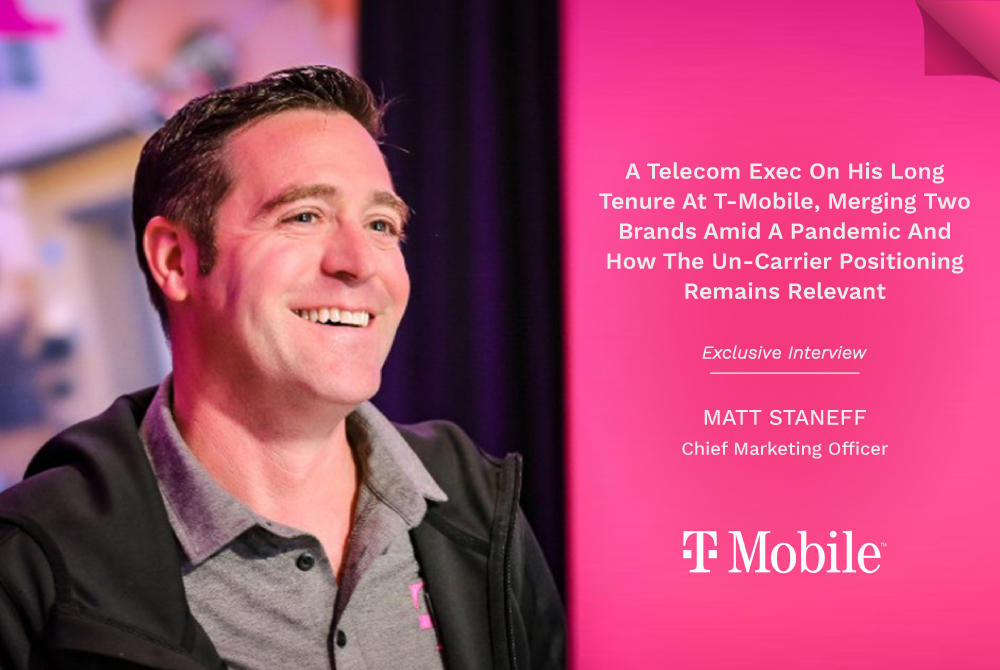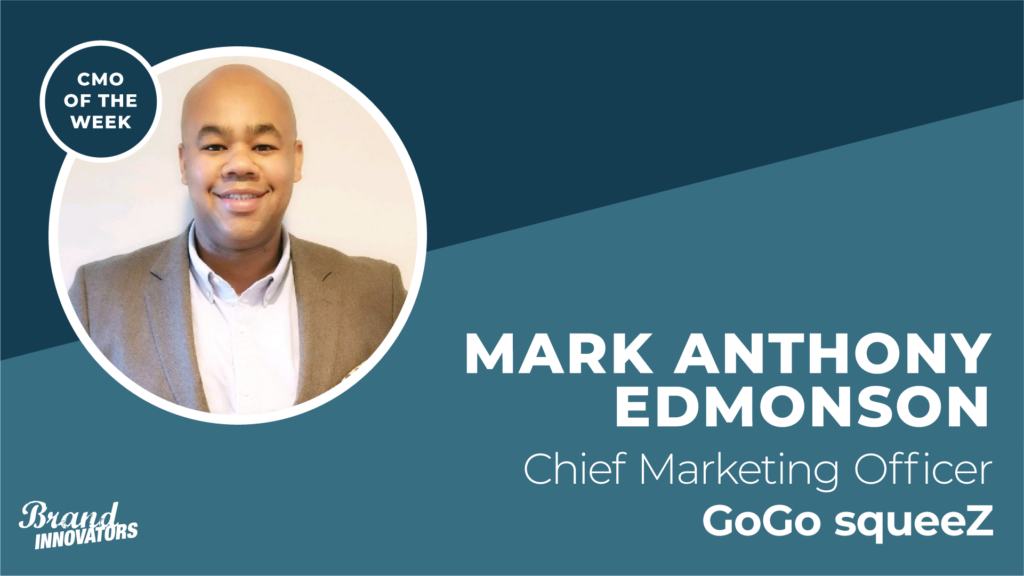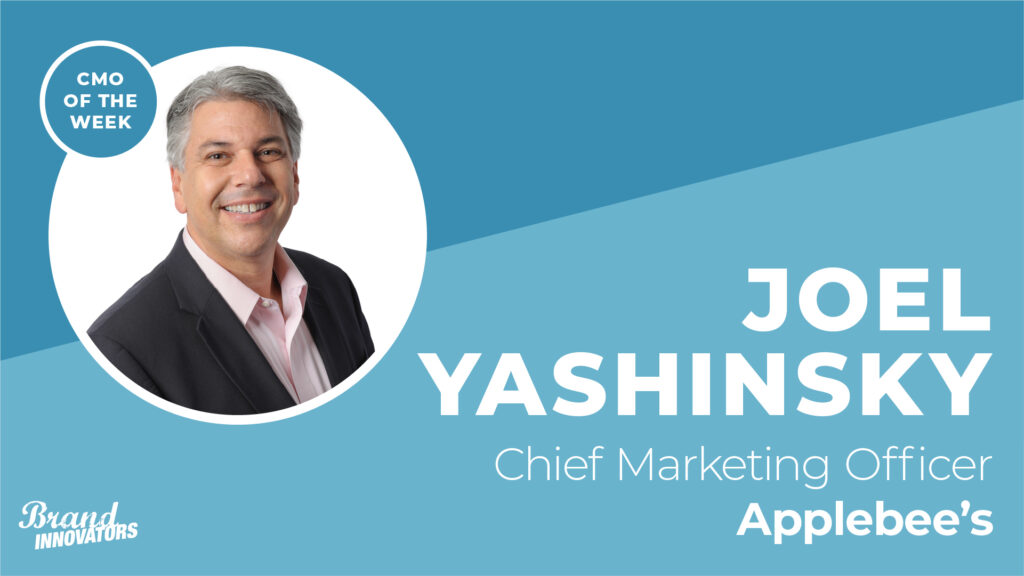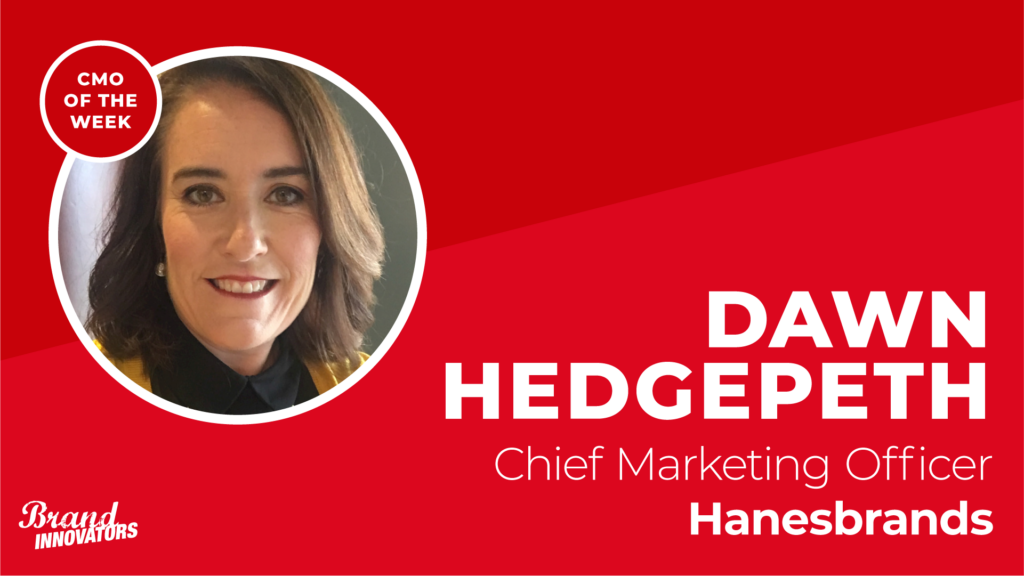Most CMOs had to pivot their messaging and media spend once it became clear the pandemic was about to halt nearly all functions of daily life and business. But for Matt Staneff, executive VP and CMO at T-Mobile, his COVID-19 workload was even larger than most.
“I could be wrong, but I’m pretty sure I’m the only CMO that’s had the pandemic, a merger and a new CEO to handle all at once,” says Staneff, adding that though this year has been challenging, “We didn’t waver. We went big and took it in stride.”
The merger he’s referencing, of course, is the Sprint-T-Mobile merger, which was completed April 1 after a protracted phase of regulatory hurdles. And the new CEO is Mike Sievert, T-Mobile’s chief operating officer, who took over as CEO earlier this year after John Legere announced he would step down when his contract expires. (Legere oversaw T-Mobile for seven years, during a time when the brand launched its Un-Carrier positioning and grew to become the nation’s third-largest carrier.)
As part of the merger, the Sprint brand has been retired and T-Mobile wasted no time removing the brand and its imagery from every touchpoint. Staneff says that once the merger was completed in April, the company removed Sprint signage from, among other things, retail locations and replaced it with T-Mobile branding within 90 days – a feat that is challenging to do even without a pandemic complicating operations.
Absorbing a brand and its employees is also complicated even in good times, but with everyone stuck working from home indefinitely, it was challenging for the teams to get to know each other. “With the merger, my team’s doubled in size, and I’ve never met half my new leadership team, and now we’re all working from home. We never work from home and we’re an in-person culture, so that was a big shift for us.”
Amidst all this, T-Mobile was still responding to the changing marketplace, rolling out new initiatives and announcements concerning COVID. In March, T-Mobile announced it was cutting prices in half, to $15 per month, on its lowest-cost service. The company announced the reduced cost plan as part of its T-Mobile 5G for Good platform, which was unveiled in November and was a broader declaration of the company’s vision post-merger, including a $40 billion investment in a 5G network and social-good initiatives to provide connectivity and devices to disadvantaged people. But the company moved up the launch date of the lowest-cost plan as other wireless carriers were waiving late fees and as Americans were increasingly facing financial strife due to the pandemic.
Though Staneff became CMO in April 2019, he’s been at T-Mobile since the early 2000s, working his way up the ladder to more senior roles including executive VP-chief commercial officer, senior VP-product and customer management, SVP and VP-customer loyalty before taking the top marketing role.
Brand Innovators caught up with Staneff from his home near Seattle to discuss his long tenure at T-Mobile, merging two brands during a pandemic and how the longtime Un-Carrier positioning remains relevant. This interview has been edited for length and clarity.
You’ve had a long tenure at T-Mobile, going back to the early 2000s. How has the marketing department evolved over your time there, and how has coming up in T-Mobile helped you understand the brand better than a CMO who might come to a company new?
In some cases marketing hasn’t changed all that much. And in others it has changed dramatically as the business has grown and evolved. When I joined, we just celebrated getting our 10 millionth customer, and we didn’t yet offer service in California. We were still a regional company trying to show a different way. We operated as an underdog and punched above our weight in terms of the propositions we put in the market. The money we had to spend really had to break through in a noisy environment. We didn’t have all the assets our competitors did. Those things are all still true when you look at how the marketing department is today. In some sense, I’ve grown up working for an underdog company against incumbents and it’s trained me to act differently and respond differently in the marketplace.
Marketing’s always kind of been a central part of our company. We’re a marketing-driven organization versus other companies that are more product-based or tech-based. There’s the stores, there’s the phones, there’s the network – and then the magic is how we bring that all together in a value proposition for consumers. When I first started, we were plugging cameras into phones to make camera phones. And now we’re talking about broad 5G, which is going to be a game changer.
Any plans to take more work in-house in your CMO role?
We inherited a lot of in-house work through Sprint’s internal agency, Yellow Fan Studios, which we now call T Studios. We’ve done some in-sourcing in search and some of our creative development. But we don’t necessarily have a strategy for in house. We’re in constant search for partners and ways of working that meet our business needs. So we will constantly evolve and shift to show up in a way that customers demand we show up. Increasingly what we’ve seen is a need for pace and speed. Everyone’s on all the time. We’re adjusting course as we need to, and that could include things like in-housing some work and shifting the agencies and partners we work with to be a lot more responsive in the market. We put a premium on that more than anything else – being able to serve customers the way we want to serve them as a brand.
You recently announced you’re reviewing your media accounts. Sounds like this is in line with what you’re saying about evolving and needing to stay on top of what needs to be done. But it’s also a response to the post-merger situation, isn’t it?
It’s a little bit of both, but mostly the latter thing you said. Sprint had a great relationship, they’d done a full review recently and landed on Horizon for their media, and it was a different model than what we had been using. We’ve long worked with the partners we have, and we thought the right thing to do would be to take a full step back and evaluate the partner set now that we’ve come together. Part of the post-merger process is to bring about some degree of consolidation compared to what we had as separate companies.
The Un-Carrier positioning was, of course, a big platform and it’s been working for about seven years now. How is it evolving this year? Any new ways you are positioning that platform in 2020 due to COVID?
It’s such an amazing platform because when we first launched it at CES everyone thought, “These people are lunatics.” But we’re still crushing it in the marketplace with that platform. We’re had 22 or 23 quarters in a row of growth and our brand has never been stronger. We really leaned hard into this simple idea: listen to customers. It was about making it better for customers.
The merger put us in a strong position to not just have the best network, but to grow it. We have 5G now, but we’ll also have the same value prop even as we grow.
We’re using our scale now to do bolder moves and to improve the lives of society and our role in it. We announced a series of moves, including Project 10Million, where we are working to eradicate the “homework gap” for kids who can’t do all their schoolwork because they don’t have the devices or connections. We’ll be offering free service, hotspots and reduced cost devices to 10 million homes over five years.
We’re also trying to help customers deal with scammers. When there’s a disaster or crisis, unfortunately the scammers come in. Someone even tried to file a claim in unemployment on me during the pandemic. Scammers took off in recent months, so we launched Scam Shield to put control and power back in consumers’ hands. They are network-based protections and it’s just an example of how our team observes what’s going on in the marketplace and addresses it quickly. This kind of work is going to continue.
How has your media mix changed this year? Are you moving out of linear TV, for example, and moving to digital?
What we had to adjust the most was the message, more than the media plan needed adjustment. We had a buy in the Olympics, we had a partnership with Major League Baseball and a lot of other initiatives in sports. Obviously that changed and many companies pulled out of live sports and into linear TV.
As it related to linear and OTT, there were some obvious changes. We pulled out of out-of-home and out of live sports. We had by then already made a strategic decision to get more into news. But I’d say largely we didn’t have an overall strategy change.
We’re also looking more at tentpole moments that America tunes into. At a macro level, it’s been more impactful to use that media for how we want to tell our story. The other thing that’s unique to us is that we retired a brand in the middle of COVID. We’ve had to undertake a different plan and investment strategy in media than we might have done otherwise.
You mentioned that T-Mobile rebranded Sprint, completing the process of changing thousands of retail locations, but can you talk about other marketing implications that still need to be done?
There’s still a lot of work to do, but what we’ve done is pretty incredible. Even if that pandemic hadn’t happened, for us to merge with Sprint and have the stores rebranded within four months of closing the deal is incredible.
We’ve consolidated under T-Mobile. But we still have a lot of work to do to transition 24 million Sprint customers to feel like T-Mobile customers. We’ve got probably an 18- to 24-month process to complete the network migration.
Are you merging the Sprint marketing department with yours – absorbing their media spend, employees, etc?
We’re merging two large marketing departments. The best part about it is that you have a second set of people with different minds and perspectives. I look at it like we’ve been given a chance to upgrade everything. Of course we have a lot of cultural things working through,like different models for pricing or consumer insights or research.
But we were able to build a stronger team coming out of it. We have to work on team size and duplication of some roles, but we’re fully complete when it comes to the team design and the roles and how we’re going to function. We’re focused now on winning in the marketplace.
T-Mobile Tuesdays has been a successful program for T-Mobile. Recent reports said that bots took advantage of the program. How can T-mobile actively prevent that?
What the bot takeover tells us is that T-Mobile Tuesdays is big. It’s a thing. Every week we have people highly engaged in our loyalty program, and it’s been great for our business. We have brands calling us and telling us they want to participate. We even have brands who have reported their highest ecommerce day being a T-Mobile Tuesday. So we know it’s been a hugely successful platform.
But bots attack everything, and what they did was they were trying to win our sweepstakes after we announced we’re giving away Teslas. But our team handled it well. You can never predict when it’s going to happen, but we know we need to be quick at diagnosing it, putting safety measures in place and upgrading security protocols so we can keep our sweepstakes running for customers.
What’s one of your favorite T-Mobile Tuesday sweepstakes?
My biggest cultural moment with T-Mobile Tuesdays was when Pokemon Go launched. All of a sudden everyone was roaming through parks. It was a social thing that didn’t exist before and then it was suddenly on the news everywhere. In the middle of that phenomenon, T-Mobile gave away data for Pokemon Go players. And it’s a great example of how the marketing department sees what’s going on in culture and acts fast.




